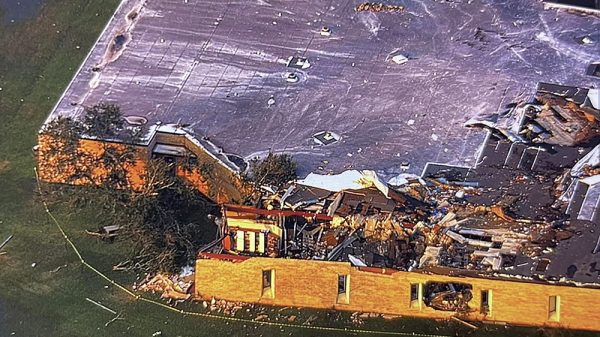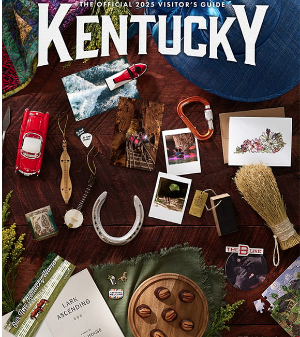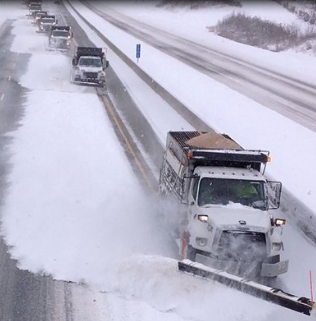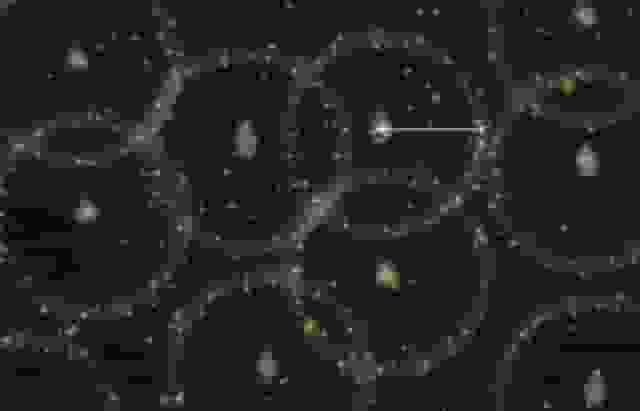A massive bubble of galaxies has been found by astronomers, and it may be a preserved residue from the Big Bang.

Astronomers have discovered a gigantic bubble of galaxies, which might be a preserved remnant from the Big Bang. (Photo: Live Science)
Density ripples, known as Baryon Acoustic Oscillations (BAOs)
Article from space.com stated that around 820 million light-years away from Earth, the cosmic bubble is staggeringly one billion light-years wide. It has been given the name “Ho’oleilana,” which is taken from the Hawaiian creation chant Kumulipo, and it is located among a cluster of galaxies. Ho’oleilana discusses how structure came into being and how it links to the moon and stars.
It is projected that tiny ripples in the hot, dense, and largely uniform sea of matter that existed at the beginning of time will cause massive formations like Ho’oleilana to emerge in the universe. When the universe underwent a period of rapid expansion (which we refer to as the Big Bang), these density ripples, known as Baryon Acoustic Oscillations (BAOs), grew. It is also known that the ripples had an impact on the distribution of galaxies and gave rise to important cosmic structures.
But this is the initial discovery of a single structure connected to a BAO.
READ ALSO: Astronauts Aboard Elon Musk’s SpaceX Dragon Docks With International Space Station (ISS)
Number of superclusters, or collections of cluster of galaxies
The bubble is made up of previously discovered structures, some of which have been regarded as some of the greatest configurations of matter in the universe. Included in this are a number of superclusters, or collections of cluster of galaxies, each including 10 clusters and spanning up to 200 million light-years. The Bootes supercluster and the Bootes emptiness, a 330 million light-year-wide region of nothingness, are located at the center of Ho’oleilana.
We didn’t search for it. As the study’s principal author and an astronomer at the University of Hawaii, Brent Tully said in a release, “It is so enormous that it spills to the edges of the sector of the sky that we were analyzing.” It is a significantly stronger feature than anticipated, increasing the density of galaxies more than projected. Beyond what is predicted by theory, one billion light years has a tremendously big circumference- cluster of galaxies .
According to Tully, if the creation and development of Ho’oleilana are consistent with the Big Bang theory, then the BAO that gave rise to it must be closer to Earth than originally thought and may have effects on how quickly the universe expanded.
The biggest collection of accurate distances to galaxies was compiled by Cosmicflows-4, whose datasets were used to find the bubble. These datasets were published in 2022.




![Tyson Foods Plant [Photo: Food Manufacturing]](https://southarkansassun.com/wp-content/uploads/2023/08/iStock_1185520857__1_.5e441daa51cca-600x337.jpg)








![Silverado Senior Living Management Inc. [Photo: Los Angeles Times]](https://southarkansassun.com/wp-content/uploads/2023/10/download-6-4-600x337.jpg)

![China's Wuhan Institute of Virology [Photo: Nature]](https://southarkansassun.com/wp-content/uploads/2023/09/d41586-021-01529-3_19239608-600x337.jpg)
















